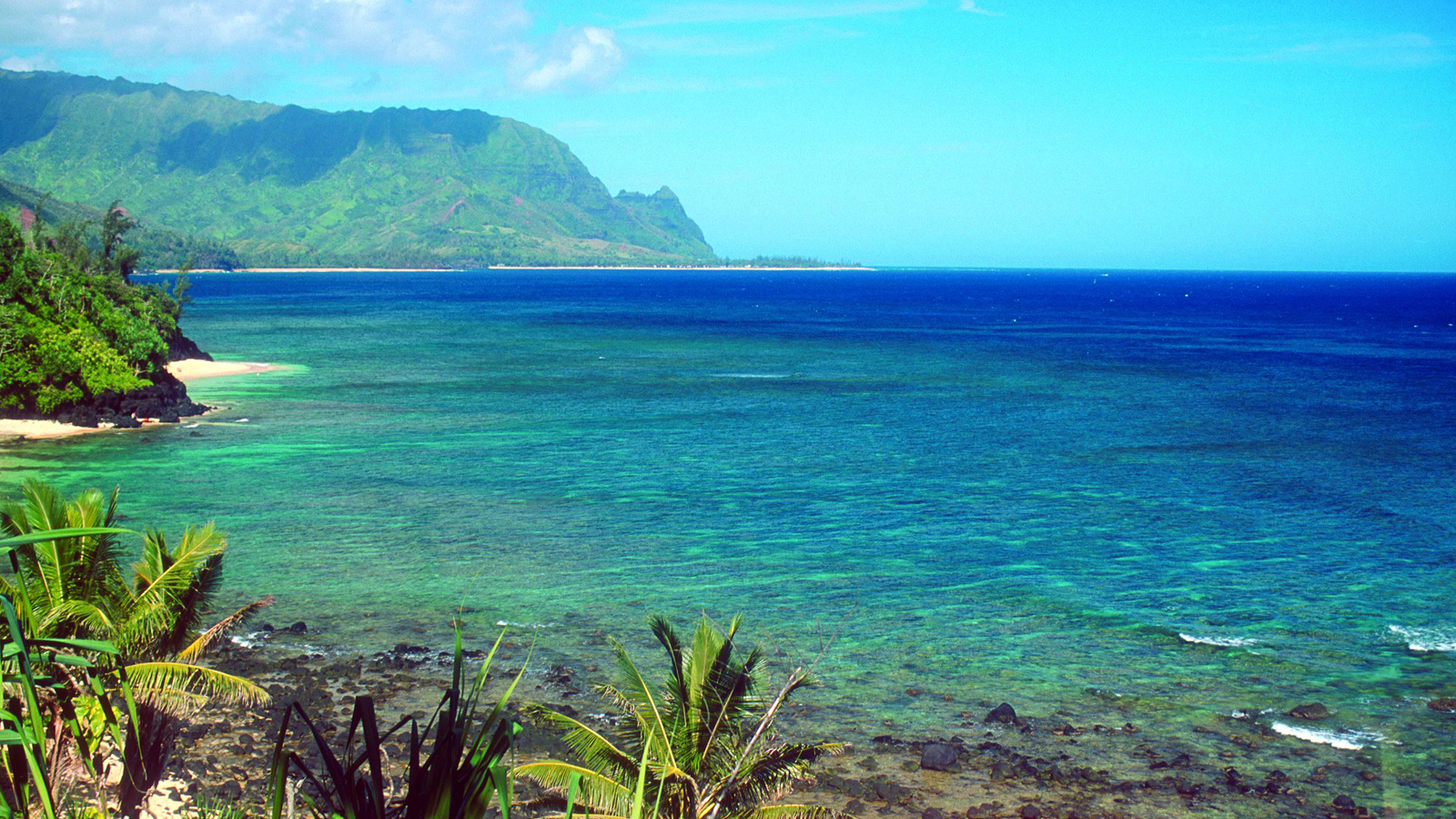
There are plans to cover ash piles with a biodegradable soil stabilizer to minimize potential harm. Steve Calanog from the US Environmental Protection Agency is focusing on preventing contaminated ashes from entering the ocean. The coral reefs, vital to Lahaina’s economy and cultural essence, are also under scrutiny. This has led to ongoing comprehensive testing for contaminants, including benzene and formaldehyde, across the island. As structures burn down, the water system can pull pollutants into the water-delivery pipes, which then spread as firefighters and locals try to control the blaze. One major issue identified by Andrew Whelton, a disaster response specialist from Purdue University, is the water system’s vulnerability when multiple buildings are affected. Scientists and officials are navigating this challenge with no prior blueprint to follow.


Please follow the Instagram account to donate directly. Lahaina Ohana Venmo is a mutual aid initiative, community-led and vetted by Lahaina residents to provide direct, immediate financial relief to families displaced by the fires.When that time comes, Blue Planet is committed to supporting efforts that center the needs of Lahaina residents who were directly impacted– ensuring community-led recovery planning efforts, addressing issues of affordability and inequity, and rebuilding sustainably and resiliently in response to a changing climate.įor now, our neighbors and communities who were affected need ongoing support. This ability to come together, even in the face of disaster, has provided hope in a time of despair for Hawai‘i. In this incredible moment of tragedy, neighbors have opened up their hearts and homes, organizations across the islands have stepped up to deliver basic necessities to those in need, and people from around the world have donated millions of dollars to help with recovery. Since wildfires devastated Lahaina and reached Kula, Maui Komohana, and Kohala on the Big Island, we have witnessed the strength of our Hawai’i community like never before. Meanwhile, in the center of this tragedy are the residents of Maui, where 52% of households live below the basic cost of living and face long-standing disparities for communities, especially Native Hawaiians and Pacific Islanders, female-led households, families with children, and immigrant families. Underlying drought conditions combined with a lack of wildfire prevention, now exacerbated by climate change and the impact of high winds brought on by a passing hurricane system, created conditions for a violent and fast-moving fire. Since the 1800s, Maui’s streams have been diverted, first for sugar and pineapple plantations and now resorts and development, which contributed to a loss of native ecosystems and gave rise to the spread of highly flammable, invasive grasses. We understand that many complex, systemic factors led to the most devastating wildfires that the United States has experienced in over 100 years.

Our hearts go out to the Lahaina community and those impacted by wildfires across the state. We are completely heartbroken by the destruction on Maui.


 0 kommentar(er)
0 kommentar(er)
